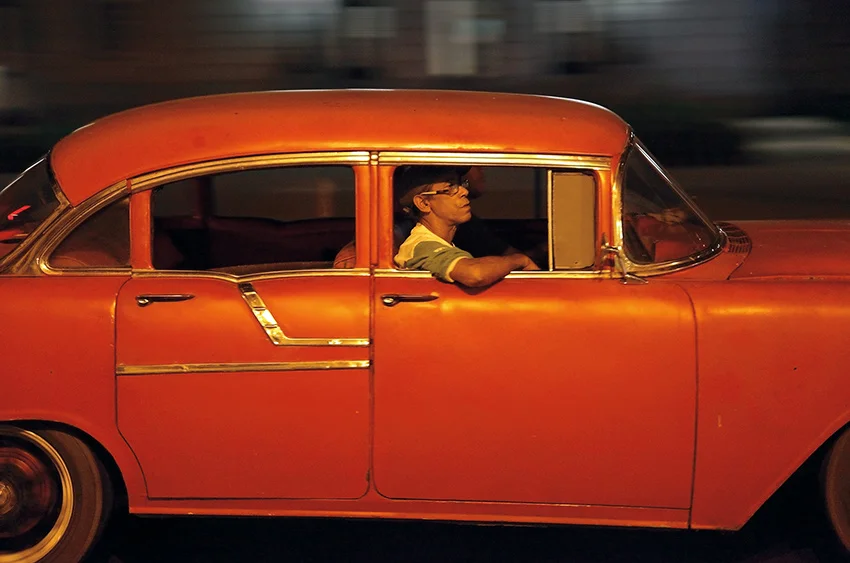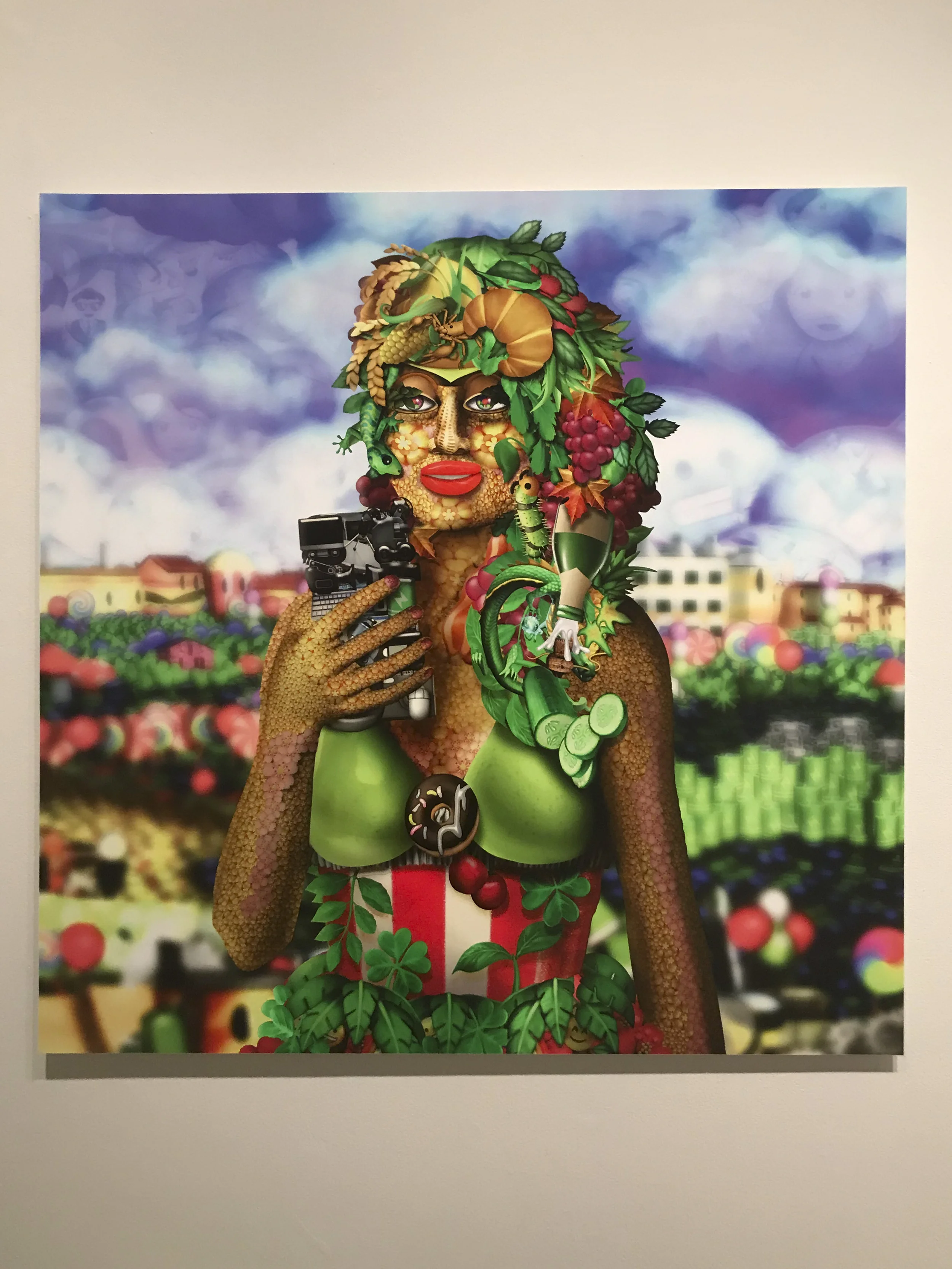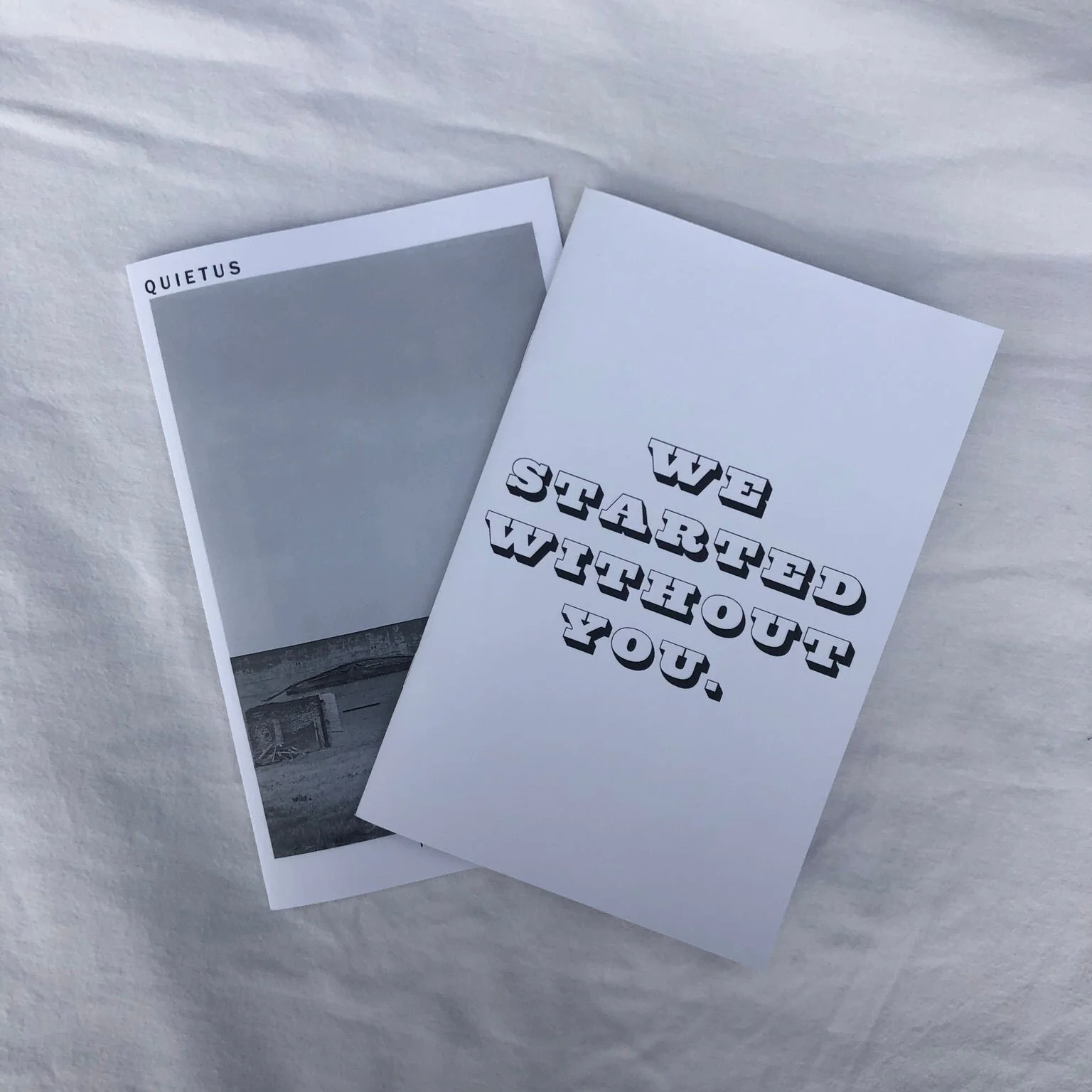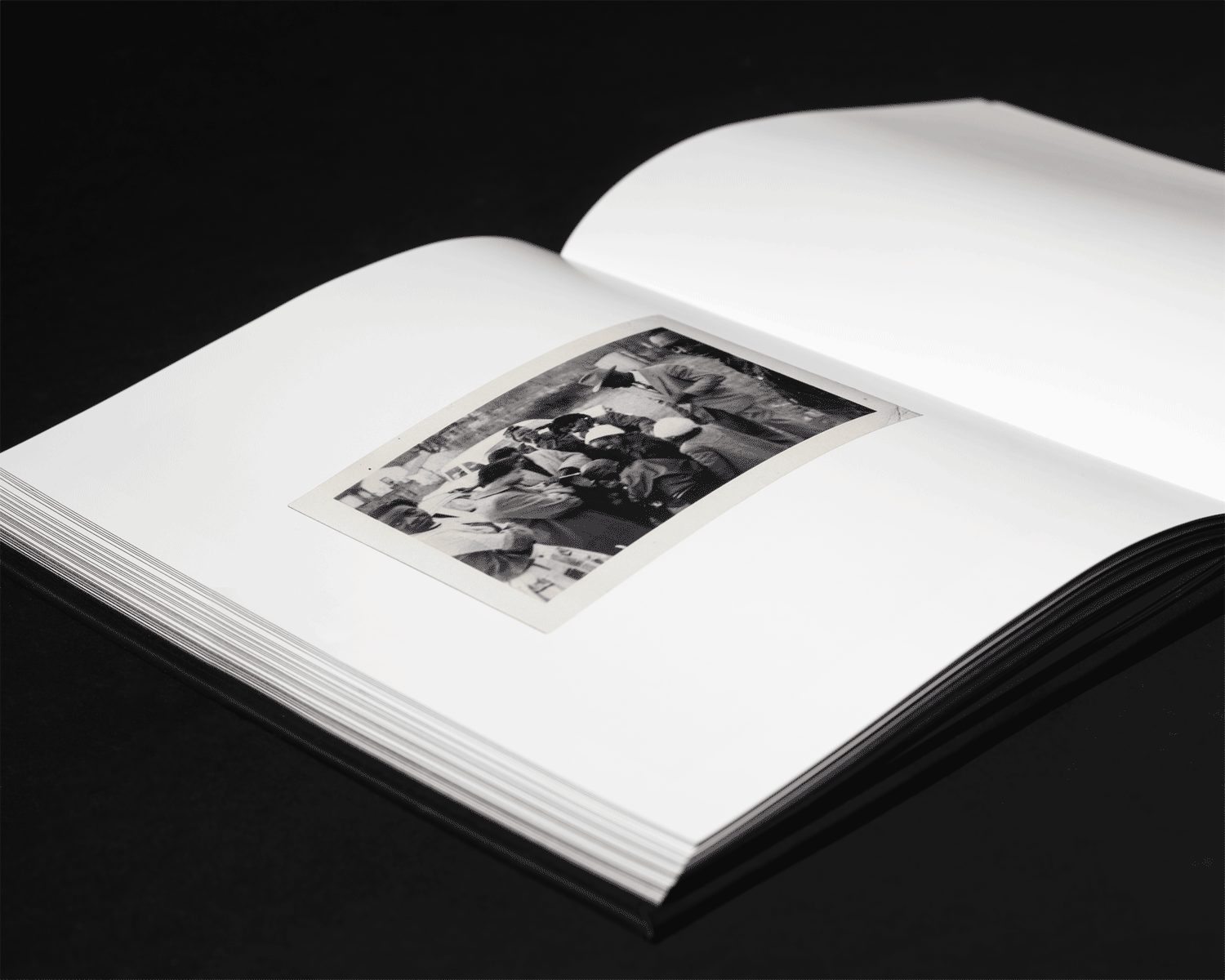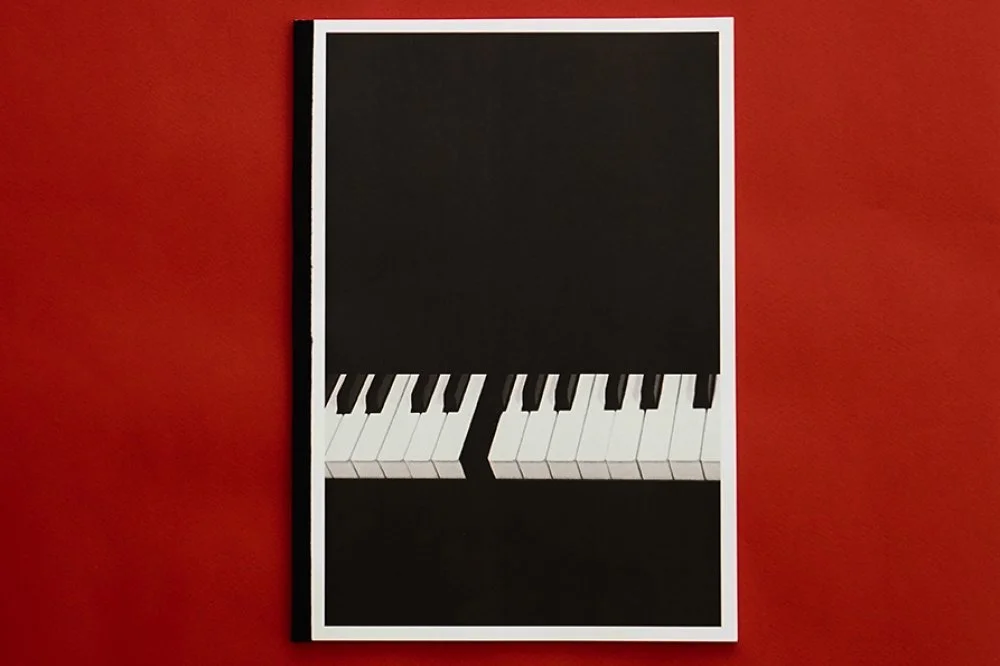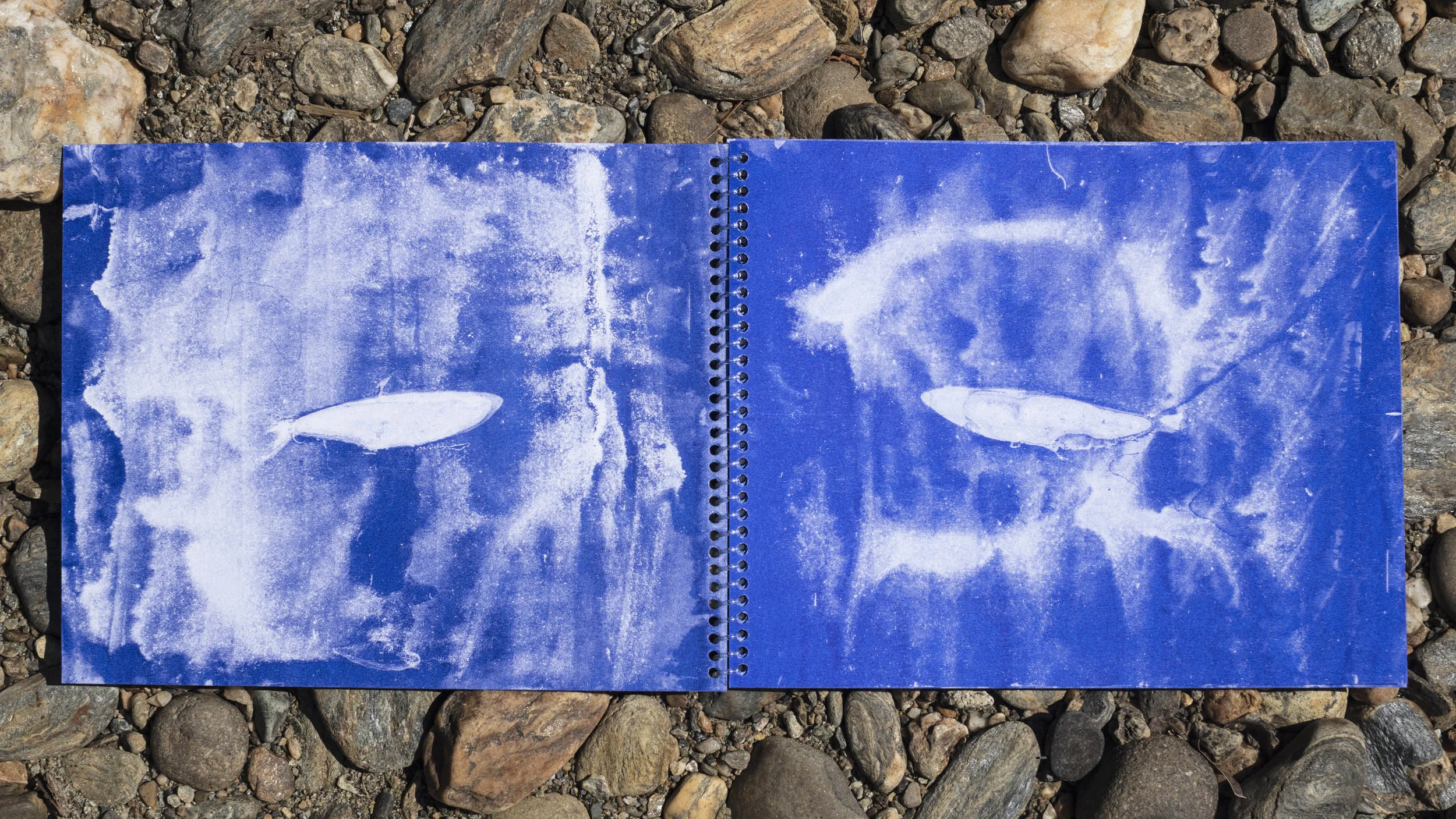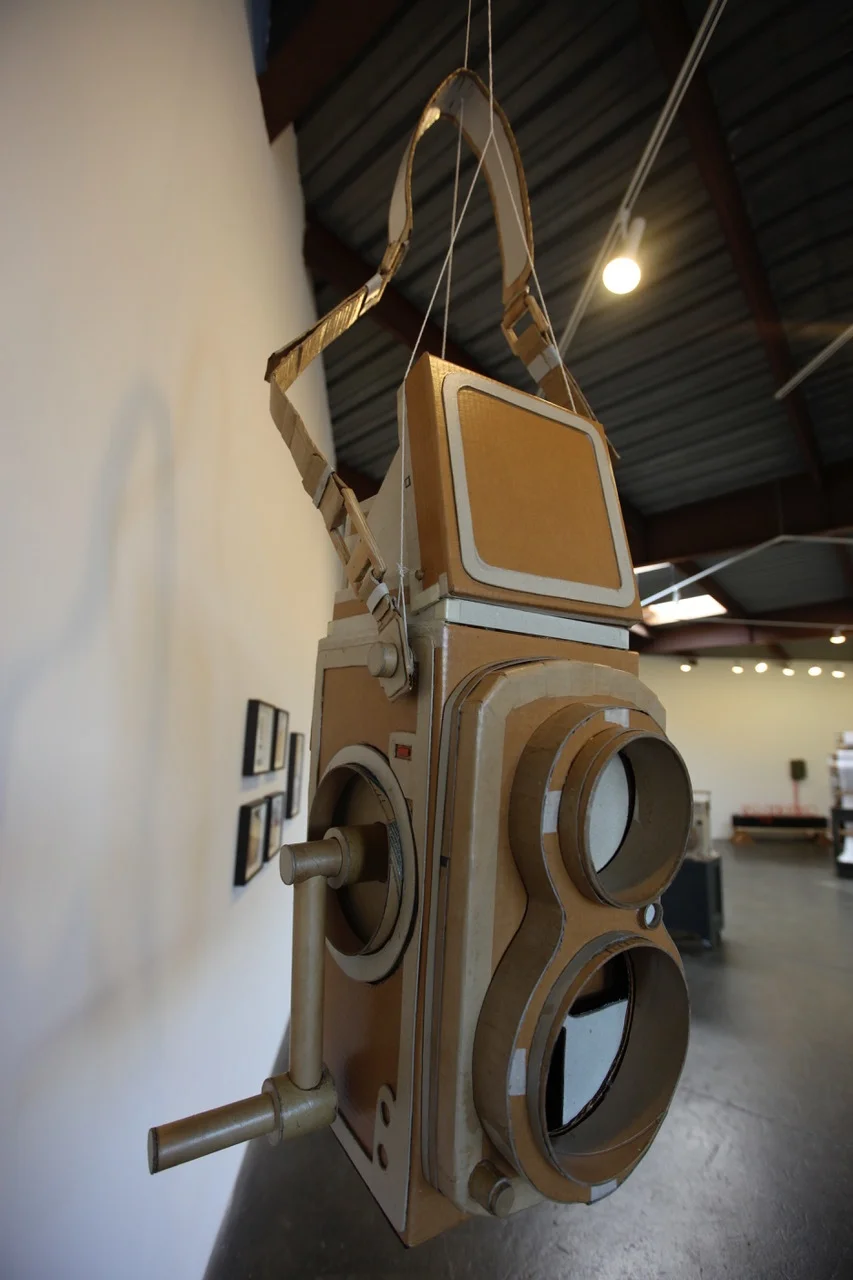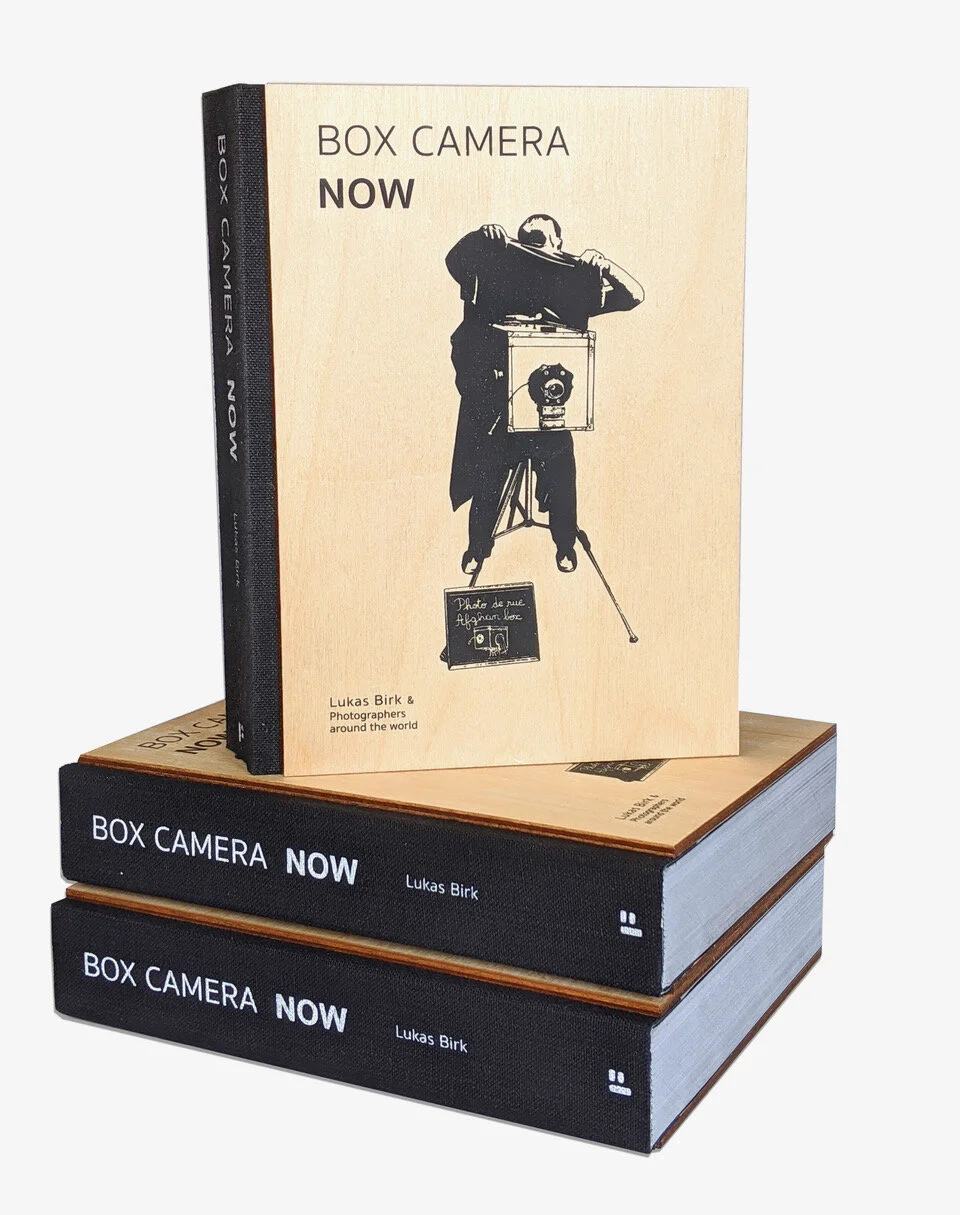What kind of art can a person expect for under $10? Great art, apparently. No bigger than a pack of cigarettes, original works of art are available around the country for $10 or less when purchased from an Art-o-mat, vintage cigarette vending machines repurposed for a healthier habit—art collecting.
Art-o-mat at Erie Art Museum, Erie, PA
In 1997, new tobacco laws rendered cigarette vending machines obsolete—that is until North Carolina-based artist Clark Whittington altered one to dispense artwork for his solo exhibition at a local café. During the exhibition Whittington sold his black and white photographs mounted to woodblocks for $1 each. After the show ended, the café’s owner requested to keep the machine on the premises, where it has remained stocked with the work of local artists to this day. Nearly two decades later, 130 Art-o-mat machines have been installed in museums, galleries, stores, and cafés across the country, most notably at the Whitney Museum of American Art in New York City. The museum acquired an Art-o-mat for its shop in 1999 and sells approximately 2,000 works annually.
With an increasing number of artists and dealers taking their art to the people through art fairs, online galleries, and pop-up exhibitions, Art-o-mat presents works of art to the public in one of the most recognizable, user-friendly venues possible. Each machine has placards describing the art that can be purchased for just $5 and a pull of the handle. Approximately 400 artists from around the globe supply original works for Art-o-mats, now administered by a collective known as “Artists in Cellophane.” Restricted only by size requirements (packaged works must be exactly 2 1/8 x 3 ¼ x 7/8”), Art-o-mats are stocked with a variety of mediums from watercolor paintings to jewelry, photographs, etchings, bronzes, and more.
Developed prior to the digital revolution, the Art-o-mat has not only endured the technological shift but thrived in it. Many artists have turned to selling work through online venues like Etsy, Saatchi Online, and even Instagram. Unlike these digital platforms, the Art-o-mat allows collectors to see more than just a digital representation of the artwork before making a purchase. The machine's design allows for the instant gratification that we have become accustomed to through online consumption of images, while offering a physical experience with a tangible art object.
For each piece sold, the artist receives half of the sale price, with the other half divided between the host and Artists in Cellophane. Needless to say, the participating artists aren’t in it for the money, but rather to be part of an experimental and unique way of advertising and distributing art that is affordable and available to everyone.
Art-o-mat artists:
Beatriz Graells
Susan Poindexter
Woodie Anderson
Emily Tucker
Alyssa Salomon
Kat Kiernan is the Editor-in-Chief of Don't Take Pictures.















































